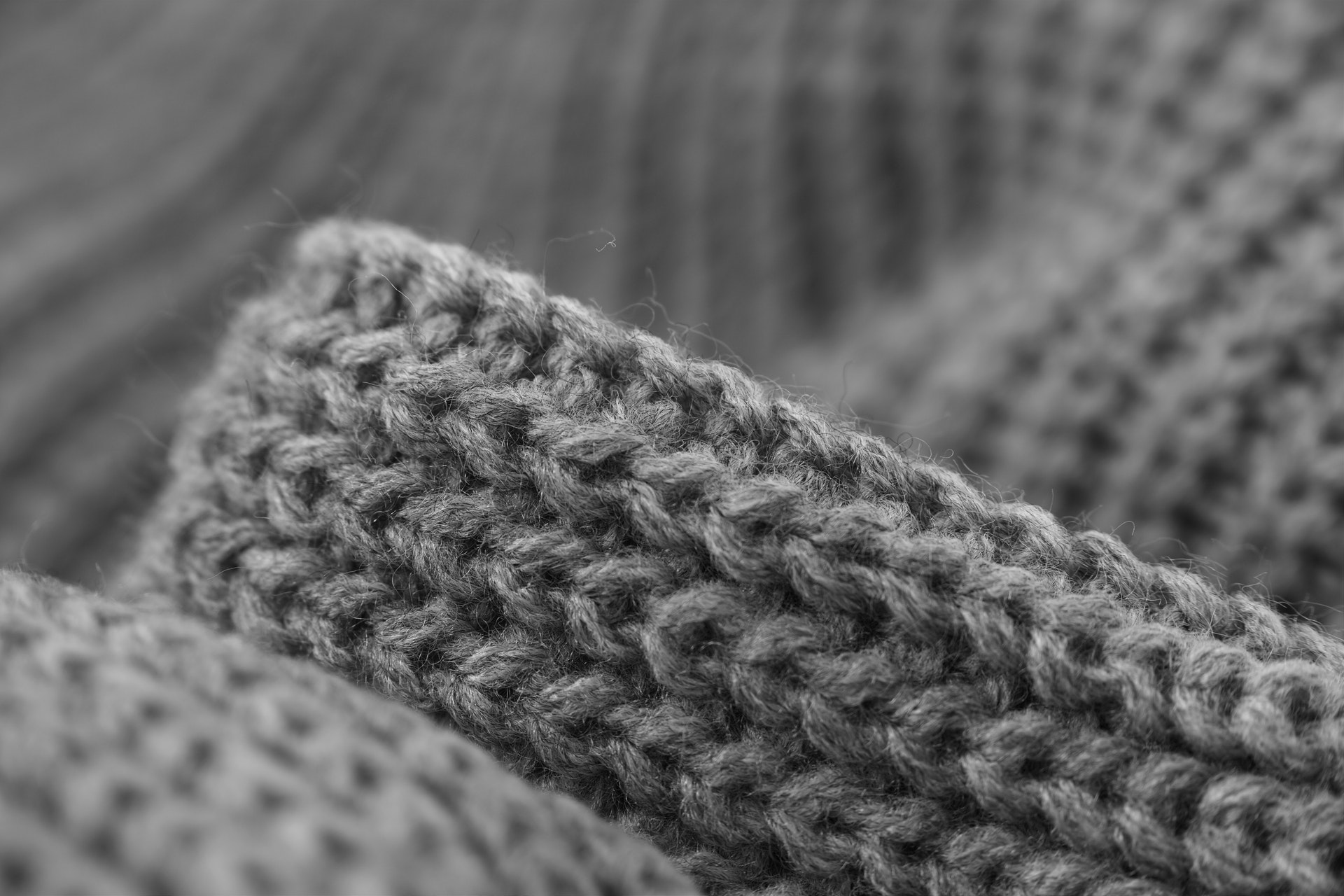Sustainability in Fashion

The fashion industry has not always been known for its kindness to the environment. Furs, anyone? Dyes that are high in toxicity? Sweat shops? But in today’s world, you’ll hear the term sustainability in all areas, and the fashion industry is no exception. Customers are concerned, and rightly so, about the impact fashion has on the world around us. Customers are savvy, they’re aware of the landfill and contributions to this from old clothing, fabrics and materials.
But what does sustainability look like in fashion? What does it mean exactly? Well, there is no one specific explanation, so let’s take a look at some of the terms it can refer to.

Fabrics & Materials
It can be as simple as the fabrics used in a garment. Organic cotton, naturally processed wools, and low-impact dyes, all contribute to the sustainability tag for your design. Natural fibres, organic production, recycled fibres and job lot end of run fabrics all relate to sustainability as they all have less of an impact on the environment.
Slow-fashion
This term is used to describe the care and time taken to ensure the longevity of the garment. This can be achieved by creating a timeless classic with natural and durable fabrics; it can be done by ensuring the materials used can be recycled. Your customer is more likely to hold onto the garment for more than one season if they feel an emotional connection to it. The way you can help to create this connection is to be transparent with your customer, by noting your production and manufacturing processes. If your customer can see the process behind the garment, then they will feel a greater link with you as its designer.

Reuse
This is similar to recycled and upcycled fabrics, as they, too, are being reused. But there are other ways that you can offer to reuse your garments, to increase your sustainability focus. You can, for example, create a buy-back option: when your customer has finished with the garment, you buy it back to create something new. Alternatively, you can offer a percentage off their next purchase if they donate the original garment once they’ve outgrown it. Or why not set up a forum where people can buy, sell and swap with other fans of your garments.
Marketing
The way you market yourself and your brand goes a long way in speaking of your efforts in the sustainable fashion. Make sure your labels are clear and your customer understands them as this is one of the ways the sustainable fashion message is passed along. As noted above, be transparent with your customer, give them a chance to get to know you, the designer, as well as your brand. At Sample Room, we believe that marketing yourself begins long before your begin your designs (read our blog post on Marketing here *insert hyperlink*) and creates the connection that you need with your customer.

Your Process
This relates to how your garments are made. Are you designing for the maximum use of the garment, are you producing short runs? Do you educate your customer on how to wear each piece for maximum effect? Off-cuts, large seams and hems all create unnecessary wastage in your fabrics. Use less, and your sustainability profile increases. Be selective about your manufacturer; make sure they also use energy efficient processes like power, using less water and chemicals.
Certification
There are options for certification, to prove your processes and fabrics are sustainable. For example, GOTS (Global Organic Textile Standard) is the world’s leading standard for organic and fibres, including social and eco-criteria, and provides independent certification. It is not a cheap option, however, so you need to consider whether you wish to add another cost layer to your process. Sometimes, clever and honest branding, or marketing, is all you need to get your sustainable message across.
Sustainable fashion is complex, and, as we’ve highlighted, can mean many different things. Here at Sample Room, we believe that it is your relationship with your customer that is paramount. Keep talking, keep listening to your customer. Be honest, transparent and care for your environment, and this will shine through your designs.